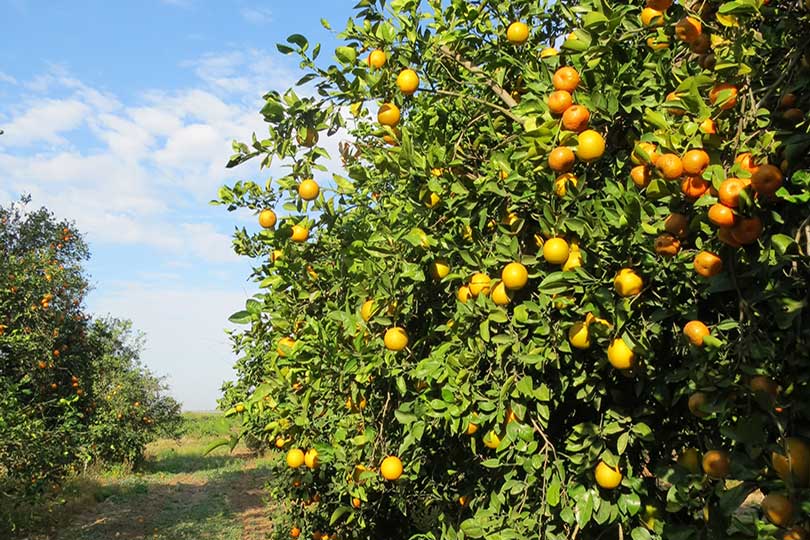By Shala Watson
Multimedia Writer
Citrus growers in the Rio Grande Valley are winding down a successful harvest season. An increased crop, new markets and good demand across the country have helped boost prices and volume, according to Jud Flowers, president of Lone Star Citrus.
New markets along the East Coast emerged for Texas growers after Florida grapefruit acreage took a hit this year due to diseases like citrus greening.
“Traditionally, our markets have been Midwest and West, which would mean that we would ship from the east side from Chicago through the Midwest to the California coast,” Flowers told the Texas Farm Bureau (TFB) Radio Network. “But with the problems that have resulted in Florida, our eastern boundary continues to move to the East Coast. So these days, we ship nationwide.”
Florida grapefruit acreage has dropped from more than 124,000 acres in 1970 to 40,300 acres in the most recent season, according to the U.S. Department of Agriculture.
But commercial production in the Valley has not yet seen any dramatic effects from citrus greening.
Flowers said the Valley has managed to avoid the same impact through close surveillance and annual grove surveys to locate and monitor the spread of the disease.
“Up to this point, the disease has not affected production in the Valley in a serious way,” Flowers said. “There is no denying that we have the disease, and it continues to spread—most dramatically in the residential neighborhoods where homeowners are reluctant or uninterested in controlling the disease by controlling the vector, which is the Asian citrus psyllid.”
Metropolitan areas in the Lone Star State still remain large markets for Texas citrus.
Flowers, who also serves on TFB’s Citrus Advisory Committee, noted the drop in Florida citrus production likely wouldn’t reflect in prices at the grocery store.
“It takes a very small increase to the consumer to make a good year for the grower,” Flowers said. “So I don’t think there are a substantial amount of consumers who are going to recognize any type of price increase in their local grocery store.”
He said the quality, quantity and sugar content of citrus has been excellent this year.
“It’s a good year for the growers, and it’s a good year for the consumers, too,” Flowers said.
The warm fall did cause some fruit size issues, but it didn’t affect fresh shipments out of the Valley.
“Traditionally, we ship about 70 percent grapefruit out of the Valley, with oranges bringing up about 30 percent divided among naval, several early varieties and, right now, we are shipping Valencias,” Flowers said.
Shipments out of the Valley are expected to have a modest increase this year. The orange crop was down some, but grapefruit production saw a bump, according to Flowers.
Citrus harvest begins with oranges the last week of September and ends in May with grapefruit.

